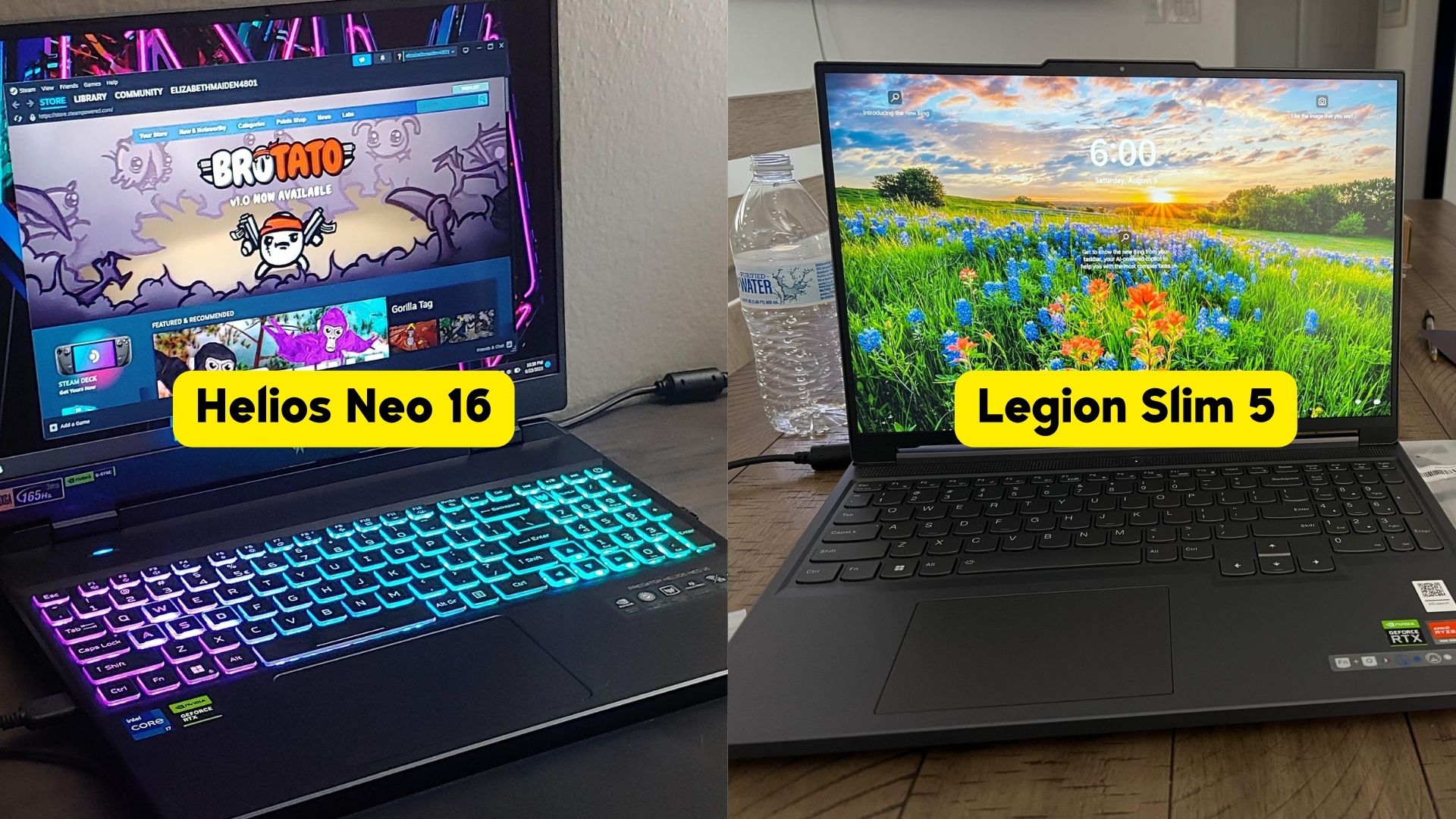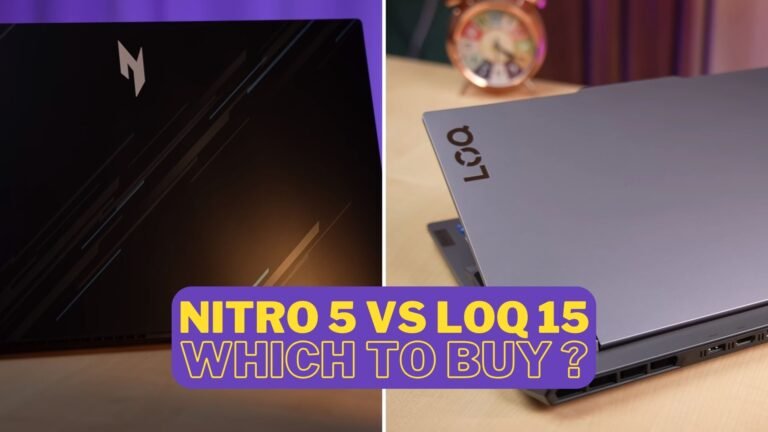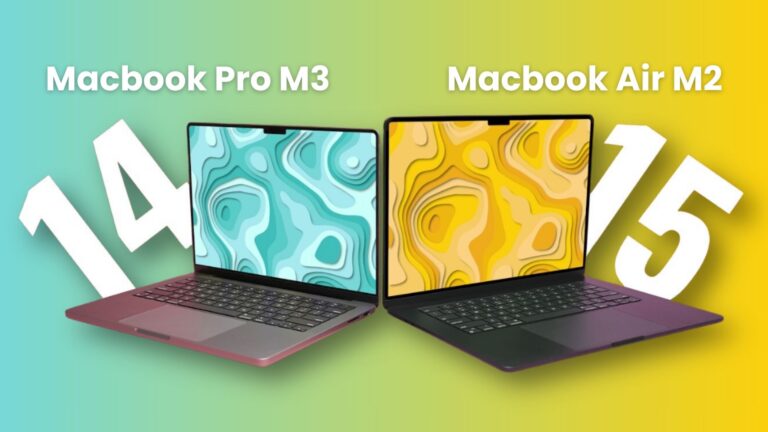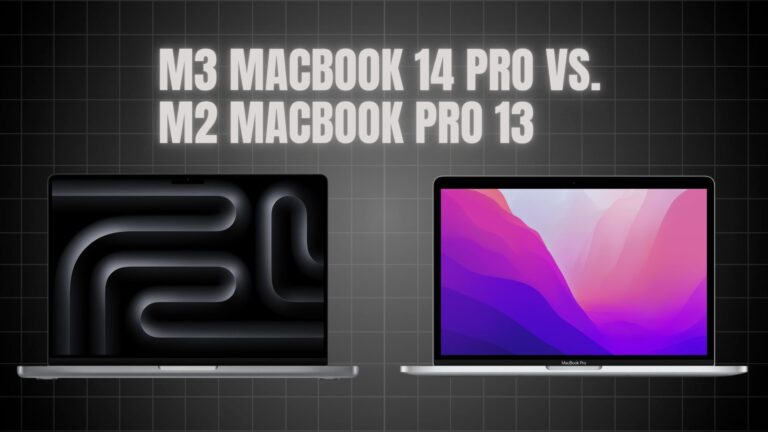Last year, both the Acer Predator Helios 300 and Lenovo Legion 5 were among the best gaming laptops. However, this year, Acer and Lenovo have redesigned and launched new versions of these two. Today, we are going to compare these new versions, one being the Acer Predator Helios Neo 16 and the other being the Lenovo Legion Slim 5. This comparison will provide you with complete information about both, helping you choose the best laptop for your needs.
| Acer Predator Helios Neo 16 | Lenovo Legion Slim 5 |
 |  |
| Pros | Pros |
| Outstanding value for its cost. Remarkably luminous screen. Delightful touchpad experience. Abundant connectivity options. | Powerful GPU performance. Crisp and responsive screen. Superior keyboard design. More affordable than many rivals |
| Cons | Cons |
| More bulky and weighty compared to rivals. Room for improvement in the Predator Sense software. Underwhelming audio output. Tight keyboard design. | Lacks USB4 and Thunderbolt 4 support. Extended length from front to rear. |
| Buy Here | Buy Here |
Specification Difference
| Helios Neo 16 | Legion Slim 5 | |
| CPU | Intel i7-13700HX | AMD Ryzen 7 7840HS (8C/16T) |
| GPU | Nvidia RTX 4060 (97-140W) | Nvidia RTX 4060 (103-140W) |
| RAM | 16GB DDR5-4800 | 16GB DDR5-5600 |
| DISPLAY | 16″ 2560×1600 165Hz | 16″ 2560×1600 165Hz |
| STORAGE | 512GB PCIE GEN 4 SSD | 512GB PCIE GEN 4 SSD |
| BATTERY | 4-CELL 90W | 4-CELL 80W |
My Legion Slim 5 comes with an AMD Ryzen 7 7840HS processor, Nvidia RTX 4060 GPU, 16GB DDR5 RAM, and 512 GB of storage. However, you can also find it with lower configurations.
And in my Helios Neo 16, it has an Intel i7-13700HX processor, Nvidia RTX 4060 GPU, 16GB DDR5 RAM (which can be upgraded), and it has 2 M.2 slots. Different configurations are also available for this model.
Design & Build Quality

Starting with the design of both, the Legion Slim 5 has a Storm Gray finish with an anodized aluminum lid, and its interior and bottom panel are made of plastic. On the other hand, the Helios Neo 16 has a metal lid and a black finish on the interior made of polycarbonate.
The lid of the Helios Neo 16 has some small boxes and numbers, with the Helios logo in the center. But on the Legion Slim 5’s lid, the word ‘Legion’ is written on the upper right side, and there’s no other design on the entire lid.
Of the two laptops, only the Legion Slim 5 has a thinner bottom chin, which results in its screen-to-body ratio being 8% better than the Helios Neo 16, making its screen appear wider and more attractive.
Overall, both have a very good build. However, when I pressed the keyboard hard, the Helios Neo 16 had very little flex, whereas the Legion Slim 5 had more flex, but this doesn’t cause any issues during normal use.

Due to the metal design of the Helios Neo 16’s lid, it quickly accumulates fingerprints, but they can be easily wiped off with a cloth, so it’s not a major issue. Both laptops have a groove on the front of the lid, which helps in opening them easily with just one finger.
The hinges of both laptops feel very smooth, even when opening the lid quickly. The Legion Slim 5’s screen can be opened fully up to 180 degrees, but in comparison, the Helios Neo 16’s screen can only be opened up to 155 degrees.
Weight & Dimensions
So, the size of the Legion Slim 5 is standard for a 16-inch gaming laptop, with a height of 2.52 CM, width of 35.97 CM, and depth of 26 CM. From all this, it’s clear that it’s not as slim as its name suggests. Its weight alone is 2.4 kg, which becomes 3.2 kg with its 230-watt charger. I didn’t expect it to be this heavy, but it is
On the other hand, the Helios Neo 16 is larger in every dimension compared to the Legion Slim 5, with a height of 2.83 CM, width of 36.1 CM, and depth of 27.99 CM. It’s also slightly heavier, weighing 2.6 kg on its own, which increases to 3.8 kg with its 330-watt charger.
Ports
The Legion Slim 5 has 2x USB 3.2 Gen 2 Type-C ports on the left side that support DisplayPort. The Type-C port near the back connects directly to the Radeon integrated graphics, while the Type-C port close to the front connects directly to the Nvidia discrete graphics card. These ports can also charge the laptop up to 140 Watts. Additionally, there is a 3.5mm audio combo jack. On the right side, there is an SD card slot and a switch to disconnect the camera. The remaining ports are located on the back side. These include 2x USB 3.2 Gen2 Type-A ports, a gigabit Ethernet port, HDMI 2.1, which is directly connected to the Nvidia Graphics Card, and a power input. There are icons above the rear ports, making it easy to plug in cables without having to rotate the laptop.
The Helios Neo 16 also has a very good range of ports, including on its left side an RJ45 LAN port, a USB 3.2 Gen 1 Type-A port, a Micro SD card reader, and a headphone jack combo. On the right side, there are two more USB Type-A ports, and these are 3.2 Gen 2 ports, as well as a Kensington lock slot. The remaining ports are on the backside, including the power input, an HDMI 2.1 port, and 2 USB 3.2 Gen 2 Type-C ports. Both of these Type-C ports and the HDMI port are directly connected to the Nvidia Graphics Card, and both Type-C ports support laptop charging up to 65 Watts.
Keyboard & Trackpad

Both laptops have very good full-size keyboards, and both have a 4-zone RGB backlight that lights up all keys and secondary functions. In comparison to the Legion Slim 5, the RGB on the Helios Neo 16 is brighter.
In the Helios Neo 16, key brightness can be adjusted at four levels, which can be done through Acer’s Predator Sense Software. Moreover, you can adjust key brightness using shortcut keys like F11 and F12 without having to open the software. On the other hand, the Legion Slim 5 does not have such shortcut keys to adjust key brightness; for that, you need to go into Lenovo’s Vantage software.
The Legion Slim 5 has 3 lighting profiles in the Vantage software that can be customized according to your preferences. Apart from using this software, these lighting profiles can also be changed by holding the Function key and pressing the Spacebar.
The Predator Sense Software in the Helios Neo 16 includes a variety of presets in the Pulsar lighting tab, such as Static, Breathing, Wave, Neon, and Shifting, among others. The software also provides options for customizing colors.
The keyboard of the Helios Neo 16 is in a regular rectangular shape, but for the Legion Slim 5, the look of the keyboard has been slightly altered to make the arrow keys larger. However, ultimately, this change is quite good and useful.
The keys on the Helios Neo 16’s keyboard have a very clicky feel, which makes typing on it quite enjoyable. In contrast, the keys on the Legion Slim 5 are not as clicky, but there are no difficulties in typing.
The touchpad of the Legion Slim 5 works well, but it’s not as satisfying and smooth as that of the Helios Neo 16.
Webcam, Mic & Speaker
The Helios Neo 16 features a 720p webcam located above the screen, which doesn’t handle light control very well. As a result, the image can appear slightly harsh and yellowish in bright rooms.
In comparison to the Helios Neo 16, the Legion Slim 5 features a 1080p webcam, which offers better quality. Nevertheless, it’s important to note that it doesn’t provide the true clarity of an original 1080p webcam, and its light control is also just decent. Besides, neither of these laptops’ webcams are equipped with an IR sensor for Windows Hello Face Unlock.
During microphone testing, no noticeable difference was felt between the two; both were quite good but not the best.
So, the speakers of the Helios Neo 16 are located at the bottom, on the front right and left sides. In terms of gaming laptops, these speakers are quite average because their sound is quite low, and the bass is quite minimal. I didn’t find the speakers of this laptop to be exceptionally good or very bad.
In the Legion Slim 5 as well, there are speakers located at the bottom, on the front right and left sides, similar to the Helios Neo 16. The sound quality is also just okay, and the bass isn’t particularly impressive.
Display
| Helios Neo 16 | Legion Slim 5 |
| 16″ 10-Bit Screen | 16″ 10-Bit Screen |
| 2560×1600 165Hz | 2560×1600 165Hz |
| SRGB 96.3% | SRGB 97.1% |
| Adobe RGB 68% | Adobe RGB 68% |
| DCI-P3 70.2% | DCI-P3 71.7% |
| Contrast 1239:1 | Contrast 1145:1 |
Both 16-inch display laptops feature a 16:10 aspect ratio, which means there are more pixels vertically, with a resolution of 2560×1600 pixels.
The Legion Slim 5 was specified to have a peak brightness of 300 nits, but during my testing, it reached up to 350 nits at 100% brightness, which I found quite impressive. Similarly, the Helios Neo 16 also outperformed its rated 500-nit brightness, reaching a maximum peak brightness of 535 nits.
Both laptops feature a 165Hz refresh rate, which is fast enough for esports and casual gaming. In the Helios Neo 16, the Predator Sense software has an option for LCD overdrive, which, when activated, resulted in a gray-to-gray response time of 4.5 milliseconds. Similarly, the Legion Slim 5 also has an Overdrive option in its Vantage Software, which, when enabled, yielded an average GTG response time of 4.2 milliseconds.
There isn’t much of a difference in the color gamuts of these two either. The Legion Slim 5’s display has 97.1% of sRGB, 68.0% of AdobeRGB, and 71.7% of DCI-P3 color gamut. Similarly, the Helios Neo 16 also has almost similar figures with 96.3% of sRGB, 68.0% of AdobeRGB, and 70.2% of DCI-P3 color gamut.
With such excellent color gamuts, both laptops are colorful enough for content creation or any gamer. However, they may not be suitable for color-critical tasks.
Speaking in terms of contrast, in my testing, the Helios Neo 16 has a contrast ratio of 1239:1, while the Legion Slim 5 has a contrast ratio of 1145:1, which is quite impressive. This means that both laptops excel in distinguishing between light and dark areas on the screen, resulting in very detailed visuals on both of them.
I found the display of the Helios Neo 16 to be superior between the two because it not only offers higher brightness but also slightly better contrast. This results in more vibrant colors and an overall better viewing experience compared to the Legion Slim 5.
Benchmarks





Battery & Charging
The Legion Slim 5 is equipped with a 4-Cell 80Wh battery, and it has an adaptive refresh rate feature in its Vantage software. This feature automatically reduces the refresh rate to 60Hz when the charger is unplugged, and when the charger is plugged back in, it restores the screen’s refresh rate to 165Hz.
In Vantage, there is also a feature called Conservation mode, which limits the maximum charge level of the battery to around 75% to 80%. This helps in extending the lifespan of the battery.
I tested its battery life by playing a normal YouTube video with a brightness level of 200 nits, and it ran for 8 hours and 9 minutes, which was very good.
On the other hand, the Helios Neo 16 has a larger 4-Cell 90Wh battery, but it lacks a feature that automatically reduces the refresh rate when the charger is unplugged.
Despite having a larger battery, its battery backup during YouTube video playback testing was only 4 hours and 48 minutes, which was only half of what I experienced with the Legion Slim 5. However, manually setting the refresh rate to 60Hz does slightly increase its battery backup to 20-30 minutes more, but it still doesn’t match the Legion Slim 5 in terms of battery performance.
Price Difference
Based on the configurations I have tested for these two laptops, the current price for the Legion Slim 5 is $1530, while the regular price for the Helios Neo 16 is $1580. However, at the time of writing this article, the Helios Neo 16 is available at a discounted price of only $1330, which, in my opinion, is a great deal.
You can also opt for lower configurations of both these laptops to save money, where you would need to spend $100 to $150 less. In these lower configurations, the Legion Slim 5 comes with a Ryzen 5 processor, and the Helios Neo 16 comes with a Core i5 processor.
Which to Buy?
Considering all factors, both the Lenovo Legion Slim 5 and the Helios Neo 16 are excellent gaming laptops, and I don’t see any major issues with either.
In summary, the Legion Slim 5 offers a range of key features that enhance the gaming experience, including the MUX Switch, Advanced Optimus, G-Sync, a wide display, superior battery backup, and impressive CPU and GPU performance. However, it is relatively expensive. If you can purchase it at a discounted price during a sale, it becomes an excellent deal.
On the other hand, the Helios Neo 16 also boasts features that ensure a smooth gaming experience. It impressed me in many aspects, whether it’s in terms of performance, the keyboard, the touchpad, or its bright display. At the time of writing, the Helios 16 is priced at $1330, which I would recommend at this price point. However, I can’t recommend the Helios Neo 16 at its original price of $1579. Given the performance it offers, it seems a tad overpriced.






